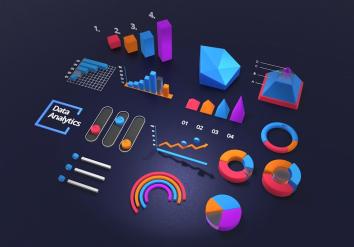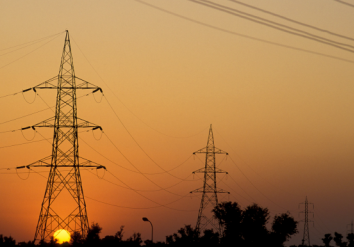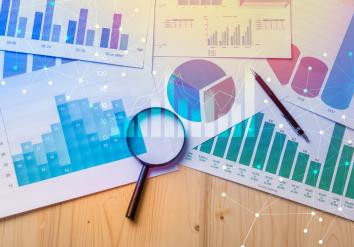
Development Data
 Course Listing
Course Listing

Reproducible Research Fundamentals
This course is designed to teach research assistants and analysts best practices for reproducible research. Participants will learn how to implement transparent and reproducible workflows, to effectively code in a team environment, and to keep personal data secure throughout the lifecycle of a research project. The course covers best practices at all stages of the data workflow, from data management to cleaning, tidying, constructing indicators, analysis, and exporting reproducible outputs. Requires prior knowledge in a coding software (such as R, Python, Stata etc.).
- Training course / E-learning
- 30 hours
- Development DataDigital

Women, Business and the Law
This e-learning course presents the World Bank’s influential Women, Business, and the Law (WBL) index. The course provides an overview of how the law restricts women's economic opportunities in many countries, hindering economic growth. The course explores recent literature, internationally recognized standards, the WBL methodology, and legal frameworks in 190 economies, providing insights for policy design.
- Training course /
- hours
- Development DataPeopleProsperity

Least-Cost Electrification for Energy Planning
This course introduces the Open-Source Spatial Electrification Tool (OnSSET), QGIS and the Global Electrification Platform (GEP). The program aims to discuss where grids, mini-grids or stand-alone technologies can be used to increase access to electricity in a country or region at the lowest cost by using Geospatial electrification models. The course equips participants to combine GIS data with demographic and techno-economic information.
- Training course / In-person
- 80 hours
- Development DataInfrastructure

Manage Successful Field Research
This virtual course is designed for professionals responsible for managing field research. It is intended to improve the skills and knowledge of field research practitioners, familiarizing them with best practices, critical issues in research implementation, recurring challenges, and cutting-edge technologies.
- Training course / E-learning
- 25 hours
- Development Data